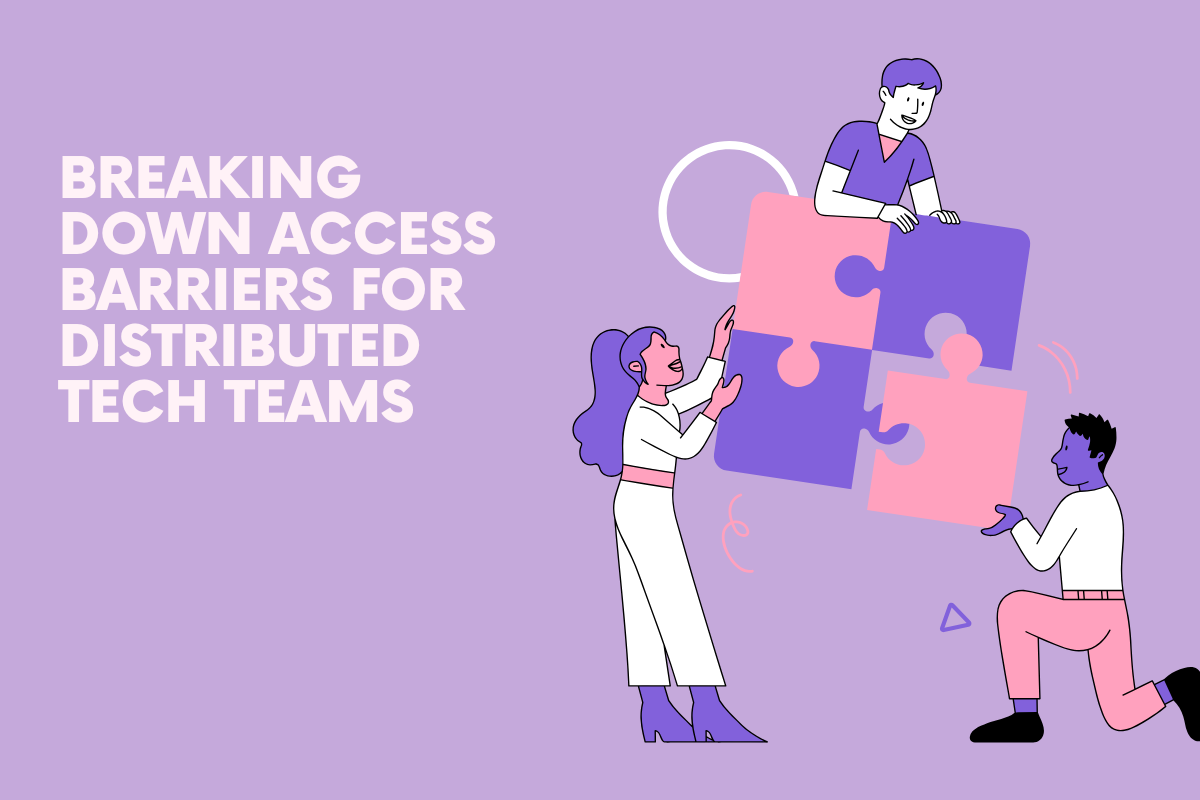When you’re involved in an accident that causes you harm, it’s natural to feel overwhelmed. Whether it’s a car accident or a slip and fall, the result can be daunting.
One of the most important steps in this situation is understanding the personal injury claim process. Additionally, an experienced personal injury lawyer can enhance your chances of a better outcome.
Here’s the personal injury claims process and why having an attorney by your side is ideal.
Understanding the Personal Injury Claim Process
The injury claim process is designed to help victims of accidents receive compensation. Understanding this process is important for anyone who has been injured due to another’s negligence.
Here are the steps involved:
1. Initial Steps After an Injury
Immediately after an injury, your first priority should be your health. Seek medical attention, even if your injuries are minor at first.
Most injuries, such as whiplash or internal bleeding, might not manifest symptoms right away. A medical expert can diagnose these conditions early. Documenting any of your injuries is also essential for your claim.
After that, begin gathering evidence at the accident scene, if possible. Take photos of the location, any hazardous conditions, and your injuries. If it’s a car accident, photograph the vehicles involved, license plates, and any visible damage. Collect details from witnesses to support your claim.
Take note: Keep all medical records, receipts, and a detailed account of your experience.
2. Reporting the Incident
Depending on the type of accident, you might need to report it to different parties.
For car accidents, report the incident to the police and your insurance company promptly. A police report can serve as a legal record of the accident.
Additionally, workplace injuries should be reported to your employer immediately. Most states require employers to have compensation insurance. Timely reporting is crucial to ensure your eligibility for these benefits.
Lastly, for other types of accidents, such as slips and falls, report the incident to the property owner or manager. Document the details of your report, including the time, date, and the person you spoke with.
3. Consulting a Personal Injury Attorney
While it’s possible to handle personal injury claims on your own, consulting a personal injury attorney is recommended.
A personal injury attorney represents victims of accidents. They can check your case, explain your legal rights, and guide you through the claim process. Initial consultations are usually free.
When you consult an attorney early in the process, it can prevent common mistakes. Attorneys can also help gather and preserve crucial evidence.
4. Filing the Claim
An experienced injury attorney will help you file personal injury claims. This involves submitting an account of the accident and your injuries to the responsible party’s insurance company.
Your claim should include:
- Detailed description of the accident
- Evidence proving the other party’s liability
- Records and bills documenting your injuries and medical treatment
- Proof of lost wages and any impact on your earning capacity
- Documentation of pain and suffering, emotional distress, and other non-economic damages
Once your claim is prepared, it is submitted to the at-fault party’s insurance company. Your accident injury attorney will communicate with the insurer on your behalf. This provides them with the necessary documentation and allows them to respond to any requests.
5. Negotiation and Settlement
The insurance company will regulate its own investigation into the accident. This may involve reviewing your medical records, examining evidence, and interviewing witnesses. The insurer’s goal is to determine liability and the extent of your damages.
After completing their investigation, the company will make a settlement offer. This is often lower than what you deserve, as insurers aim to minimize payouts.
Then, your personal injury attorney will talk with the insurance company, presenting evidence to justify a higher settlement. This process can involve several rounds of offers and counteroffers. Effective negotiation is important, as most personal injury cases are resolved without going to trial.
6. Filing a Lawsuit
If negotiations fail, your accident injury attorney may recommend filing a personal injury lawsuit.
Once the lawsuit is filed, the discovery process also starts. During this phase, both sides give information and evidence. This can include depositions and requests for documents.
Before the trial, there may be pre-trial motions. This is where both parties can ask the court to make rulings on certain issues. For example, the defense might file a motion to dismiss the case, or both sides might file motions to exclude certain evidence.
7. Trial and Verdict
If your personal injury case goes to trial, your attorney will prepare and develop a legal strategy. They will present your case to the judge or jury.
During the trial, both sides will show their evidence and arguments. Your attorney will present and make legal arguments to support your claim. The defense will do the same.
In the end, the judge or jury will deliver a verdict. If your case wins, the court will award damages based on your injuries, losses, and the defendant’s liability. These damages can include fees for lost wages, medical bills, and other related costs.
Final Thoughts
If you’ve been injured in an accident in Seattle, finding the right personal injury attorney is important to get what you deserve. The legal process is complicated, especially when you’re trying to recover from an injury.
A skilled Seattle personal injury attorney understands the legal system and advocates on your behalf. Additionally, you need to get the steps involved for the best possible outcome.
With the right personal injury attorney, you can focus more on your recovery.





.png)